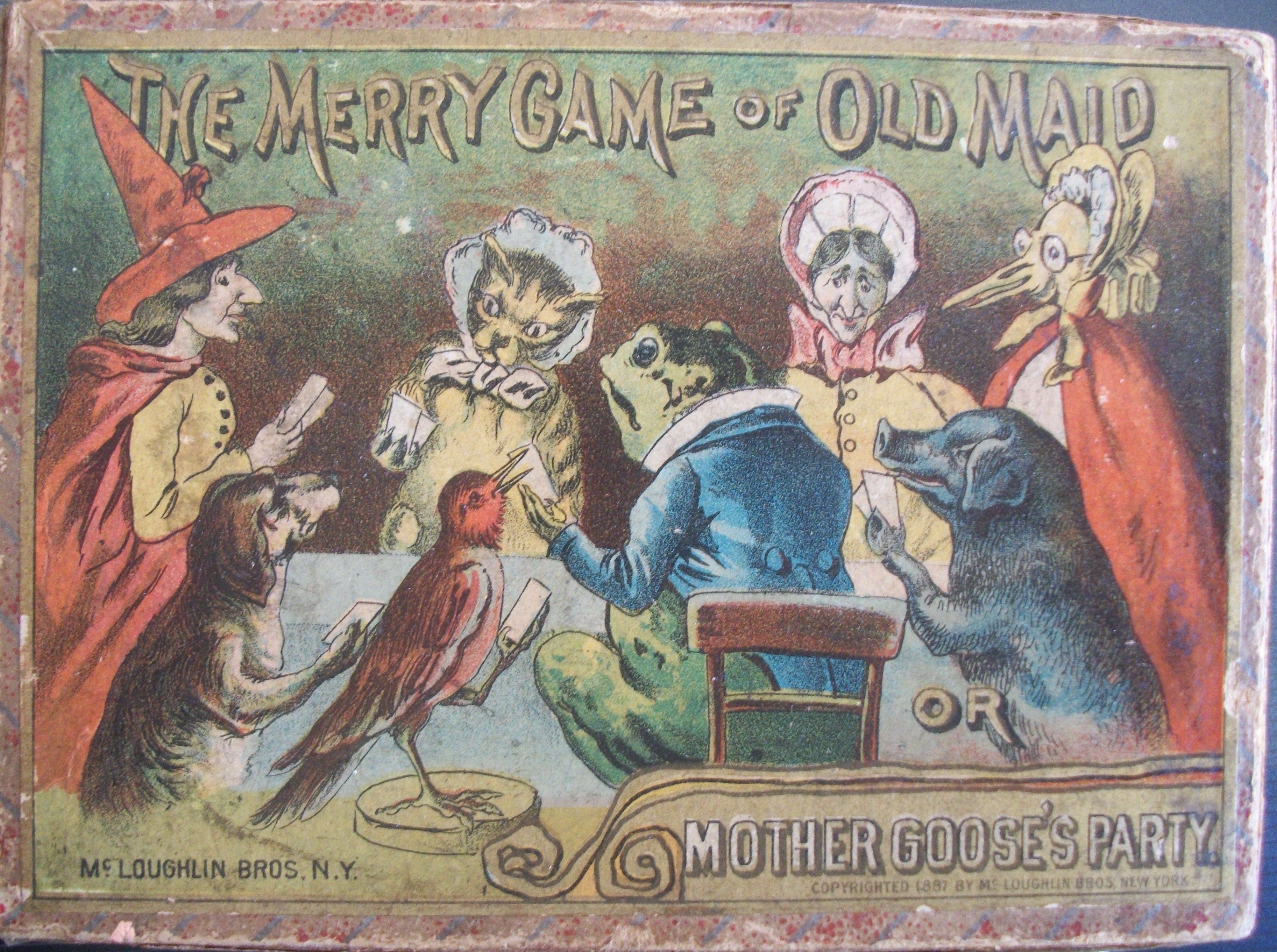The inspiration for making board games can come in various ways. The following are three stories about three popular games and what prompted their creation. They encourage anyone with the desire of becoming a game inventor to be aware of opportunities, and to know ideas for board games can come from lots of different places.
Candy Land
Candy Land was first published in 1949 by Milton Bradley. Today, it is a classic children’s first game, and according to a survey included in Timeless Toys by Tim Walsh, “over 60% of households with a five year old child own the game.” The idea for creating the game arose after Eleanor Abbot recognized young children, who were stricken with polio, could use some cheering up.
Abbott, a retired school teacher, was fighting the same awful disease. Hospitalized with the young children, she decided to create a world where the children could forget about their troubles and enjoy a sweet adventure. Traveling through Peppermint Stick Forest, passing Gumdrop Mountains, or even getting stuck in the Molasses Swamp, brought smiles to all who played Abbott’s game.
Candy Land is a simple race game where players only need to pick a colored card and move to the next matching colored space on the rainbow path board. Since reading was not a requirement, even the youngest children were able to play. Milton Bradley took notice of the game serving its purpose and soon began offering the game to all. Now, over sixty years later, Candy Land continues to bring smiles.
Jenga
Jenga, Swahili for build it, is a game which was inspired by wanting to share a childhood pastime. Leslie Scott developed Jenga from a game she, with her family, had played while growing up in Africa. Small wooden blocks, which were originally brought home for her brother to play with, became fun for the entire family. The Scott’s would stack the blocks three wide and take turns pulling them out, one at time, from anywhere they chose, until the tower fell.
After sharing the game with others, and noticing they too had a blast challenging themselves with keeping the tower from falling, Scott was inspired to fine tune the rules of her childhood game and market it. The fifty-four small rectangular wooden blocks eventually became a hit. What started as a game only her family enjoyed became a game which the world now enjoys.
The idea for the game of Cranium happened after realizing some people are better at one type of game play and not another. Brian Tinsman shares in his book, The Game Inventor’s Guidebook, that Richard Tait, one of the inventors of Cranium, noticed he was ‘excellent at Pictionary but not Scrabble’ after a weekend of playing games with his family. This later inspired Tait to design a game which included various skills and offered fun for anyone.
Cranium allowed players to choose a player on their team who was best suited for the game’s various challenges. The game consisted of four categories which required different skills. If a player was better at one category than another, Cranium’s game mechanics permitted players to choose the best player of each category to compete. This unique design made Cranium a best-selling game.
Many game inventors played games when they were younger and it is in their nature to be constantly thinking of new ways to play games today. However, like the above examples, some game inventors were inspired by the circumstances happening around them. Knowing any one can create a board game, and knowing inspiration can come at any time, is exciting to know for an aspiring game designer.
Sources:
Walsh, Tim, Timeless Toys, Andrews McMeel Publishing, 2004
Tinsman, Brian, The Game Inventor’s Guidebook, Krause Publications, 2002
